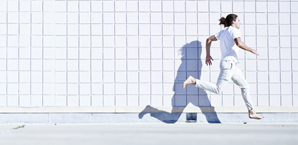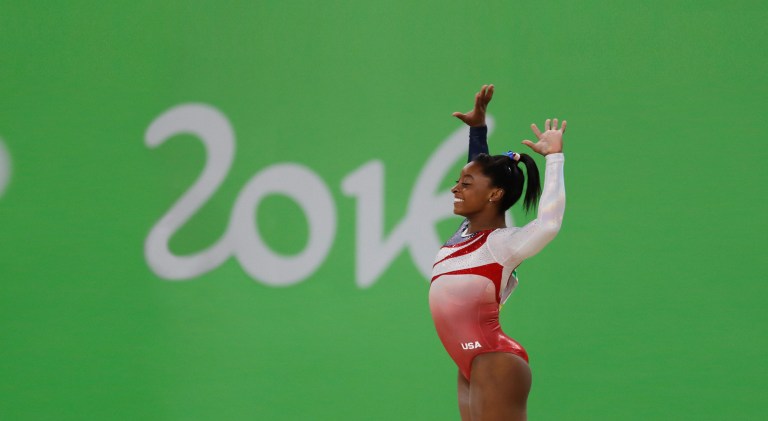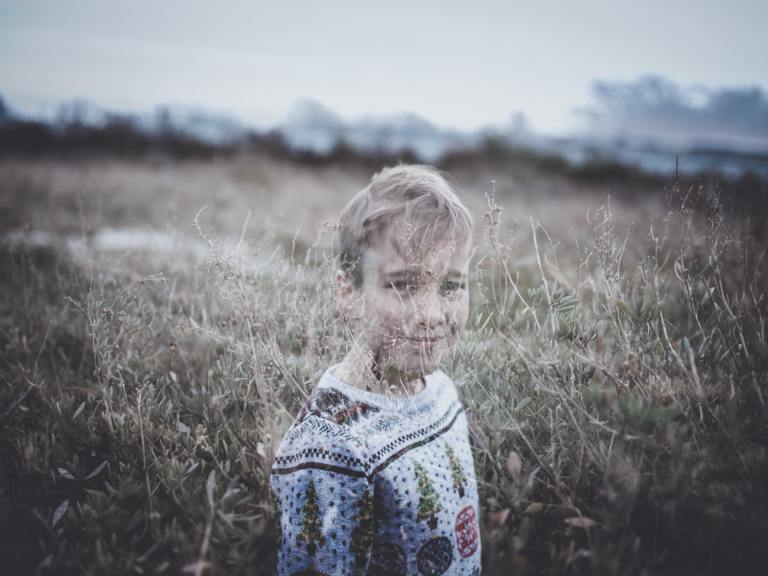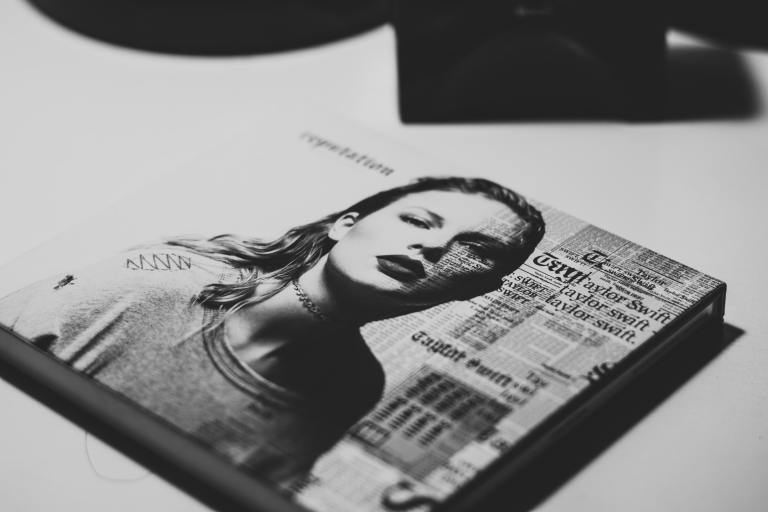Born To Run Barefoot?
The facts are confusing and messy, but vital to our understanding of what type of beings we are.

I sit down in a chair near my front door and slip my feet into my gray running shoes. They’re like me—a little tired, a little worn down, but fully knowing what’s about to happen. We’re about to walk down the wooden steps outside to the sidewalk, take a breath, and start slowly jogging toward the running trail near the lake. My muscles are tight, and I like to think of them as tight, as in good friends. My muscles are tight; they talk about work and relationships at the bar. They hang with each other. I’ll loosen up after five or ten minutes of running, and I won’t feel like an old man anymore. As I tie my shoes, always in the same way, wiggling my toes to make sure they aren’t too constricted, I can pause and relax for a moment.
People did not used to do this—running. Particularly running for fun or fitness. Victorians would walk, saunter, or, if the mood struck their fancy, elope in a carriage. But not run. The Romans were not long distance runners. The Greeks—maybe on the battlefield, and maybe a few freaks at the Olympic Games; but Socrates would not spend his early mornings grabbing six miles before he had to interrogate the pesky Sophists or those kooky Athenians hell-bent on exterminating his flesh-imprisoned soul.
Before that, though, it gets interesting. There’s a debate in human evolutionary biology about how the human race survived and hunted in its early history if, despite our high IQs and Baby Einstein flashcards, we didn’t start using hunting tools like arrows until 60,000 years ago or sooner—more than 100,000 years after Homo sapiens first appeared. There are a few different theories, and perhaps the most convincing holds that humans would hunt down much faster prey by running after an animal in the midday heat until it simply slowed down and collapsed from heat stroke. Humans are much better at running in the heat than other animals because we regulate our body temperature through sweating; we don’t have to stop and pant in order to cool down. This theory weds two variables otherwise not connected: the ecological changes in Africa’s environment that were contributing to the replacement of dense jungle with wide-open savannah, and the physical changes in humans’ bodies that made us superior runners to our ancestors—the springy Achilles tendon, the large glute muscles, good balance. We survived because we reacted to the changes in landscape and developed the ability to run. We are a running species.
Some may be skeptical or unsure why this is relevant. What do cloistered academics—who think Instagram is a form of fast food, and selfie is a member of the Muppets—have to do with my life? My messy, not abstract, real life? I think this debate can mean everything, whether you are a runner or not. Human evolution gets into the territories and borders of science, religion, who we are, and what we were born to do. If we evolved to be running creatures but aren’t running, how does that hole affect us? If we evolved to run barefoot but are running in cushioned shoes, how does that technology affect our running performance? And what does it say about us that we purchase technological instruments we empirically don’t need? Finally, why do so many of us get injured running if we were born to do it?
There has been one author who has written about this before with quite some success. In the spring of 2009, journalist Christopher McDougall published Born to Run, a book that began as an article for Men’s Health magazine. In it, he asked these same questions, prompted by following a group of semi-indigenous ultra-runners in Mexico called the Tarahumara, who go on long, hilly runs in threadbare sandals. In that book, McDougall comes to the conclusion that humans were born to run barefoot, and thus the modern running shoe industry is in essence a sham, and we must ditch our shoes if we want to be healthy again.
I think Born to Run was exciting, fun, and interesting, but in my own long form essay on the subject, I come to a set of conclusions rather different than McDougall’s. After looking at all the evidence that has accumulated since the book’s publication, I believe its bold assertions and recommendations have done real damage to runners and people interested in becoming runners. Unlike McDougall, I chose to think about and interview elite runners, mainstream runners, and physical therapists. I also look at what McDougall got right, specifically in his critique of running shoes, and why his book’s popularity is instructive in commenting on our culture.
The facts are confusing and messy, but vital to our understanding of what type of beings we are. In this spirit of inquiry, I invite you to read my e-book, Born to Run Barefoot? Sorting Through the Myths and Facts of Barefoot Running, which can be purchased at the link below. ![]()
Buy Chas’s new Thought Catalog Book here.





